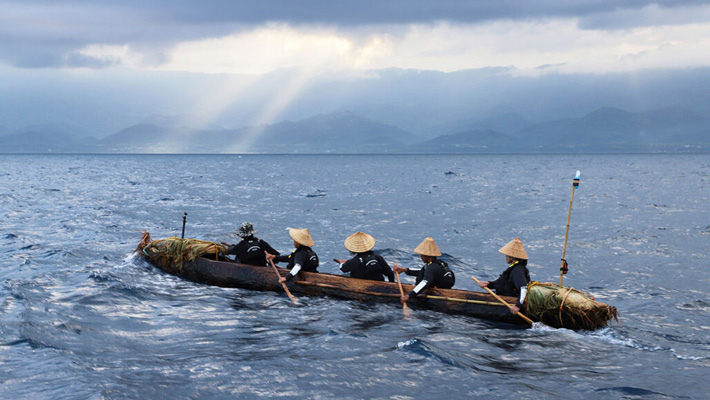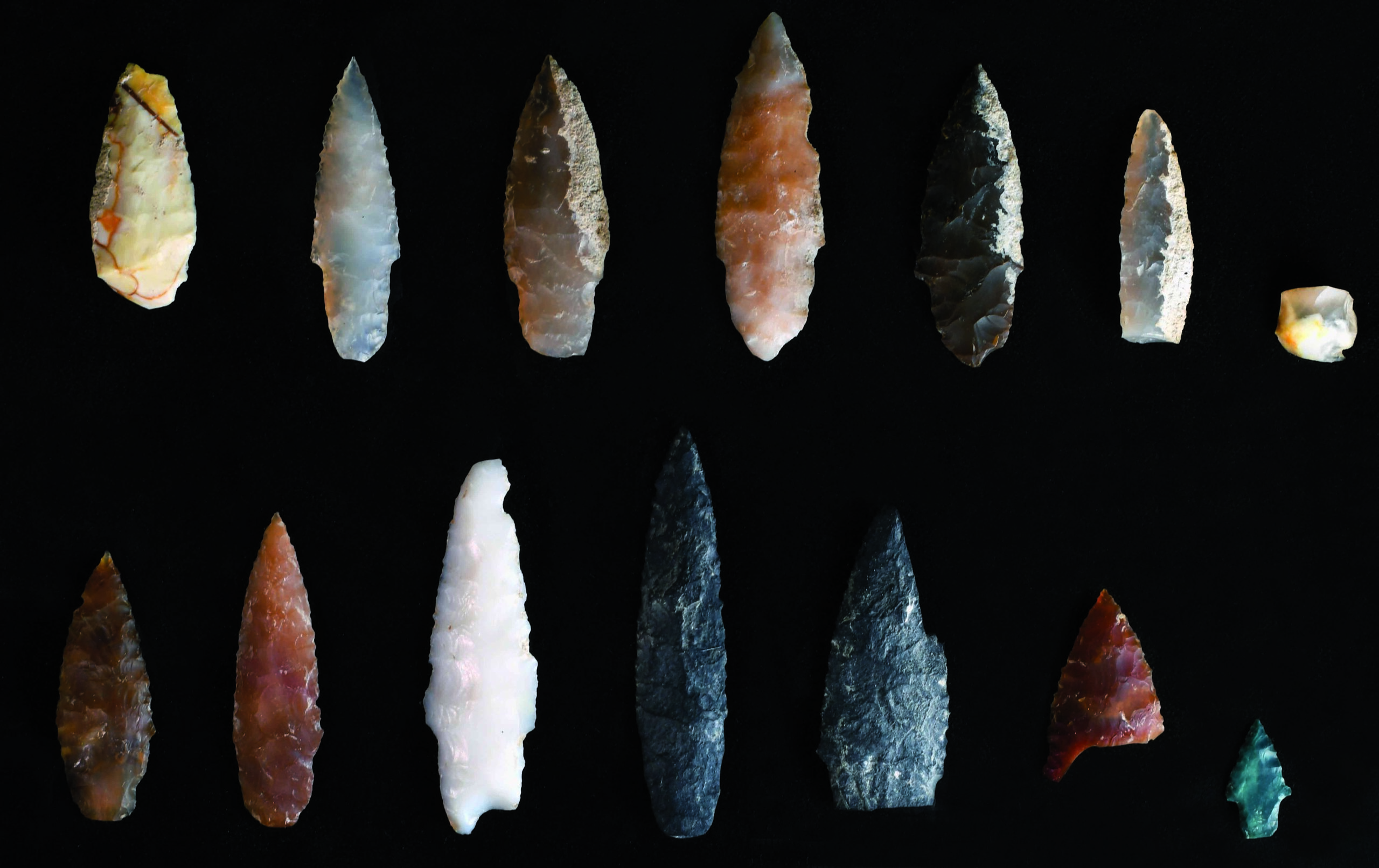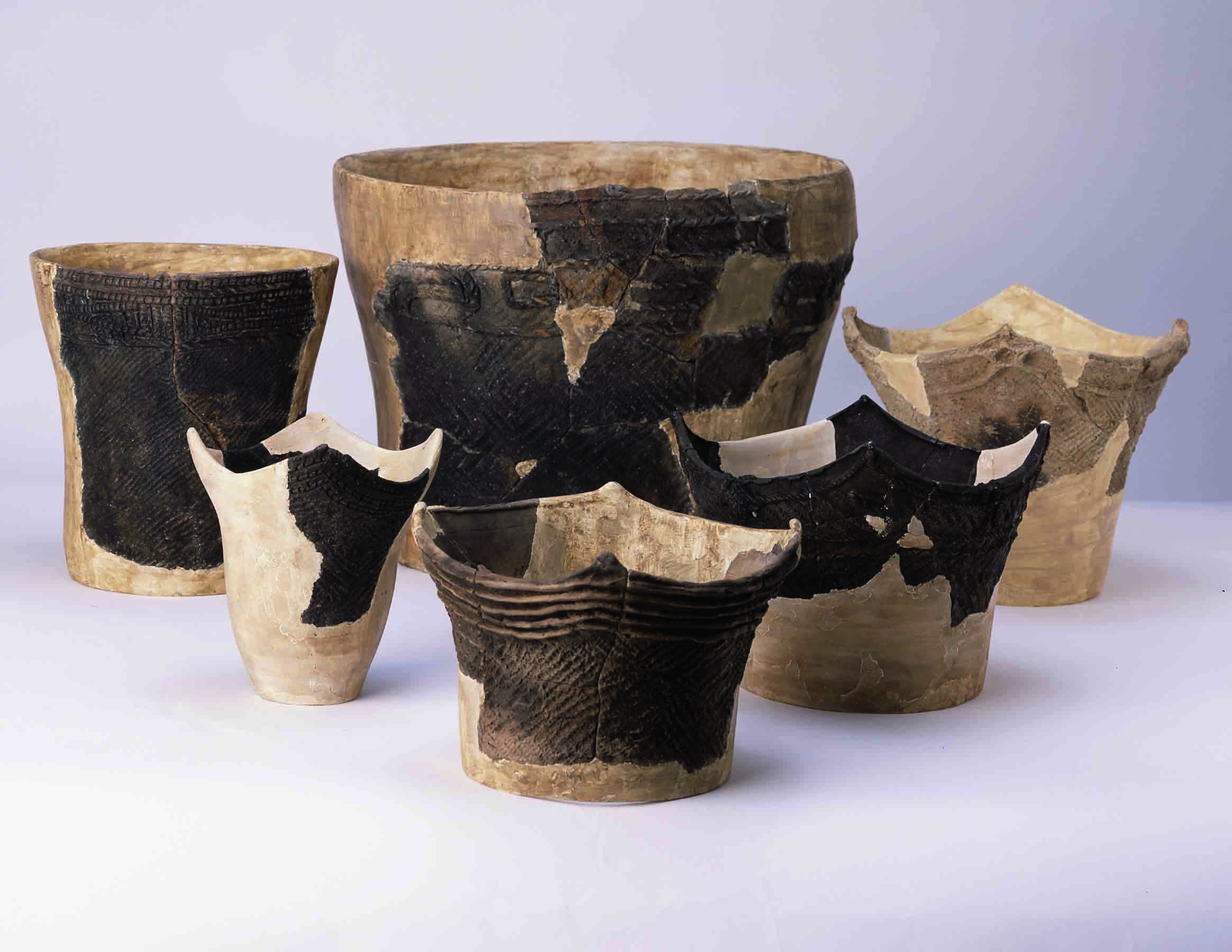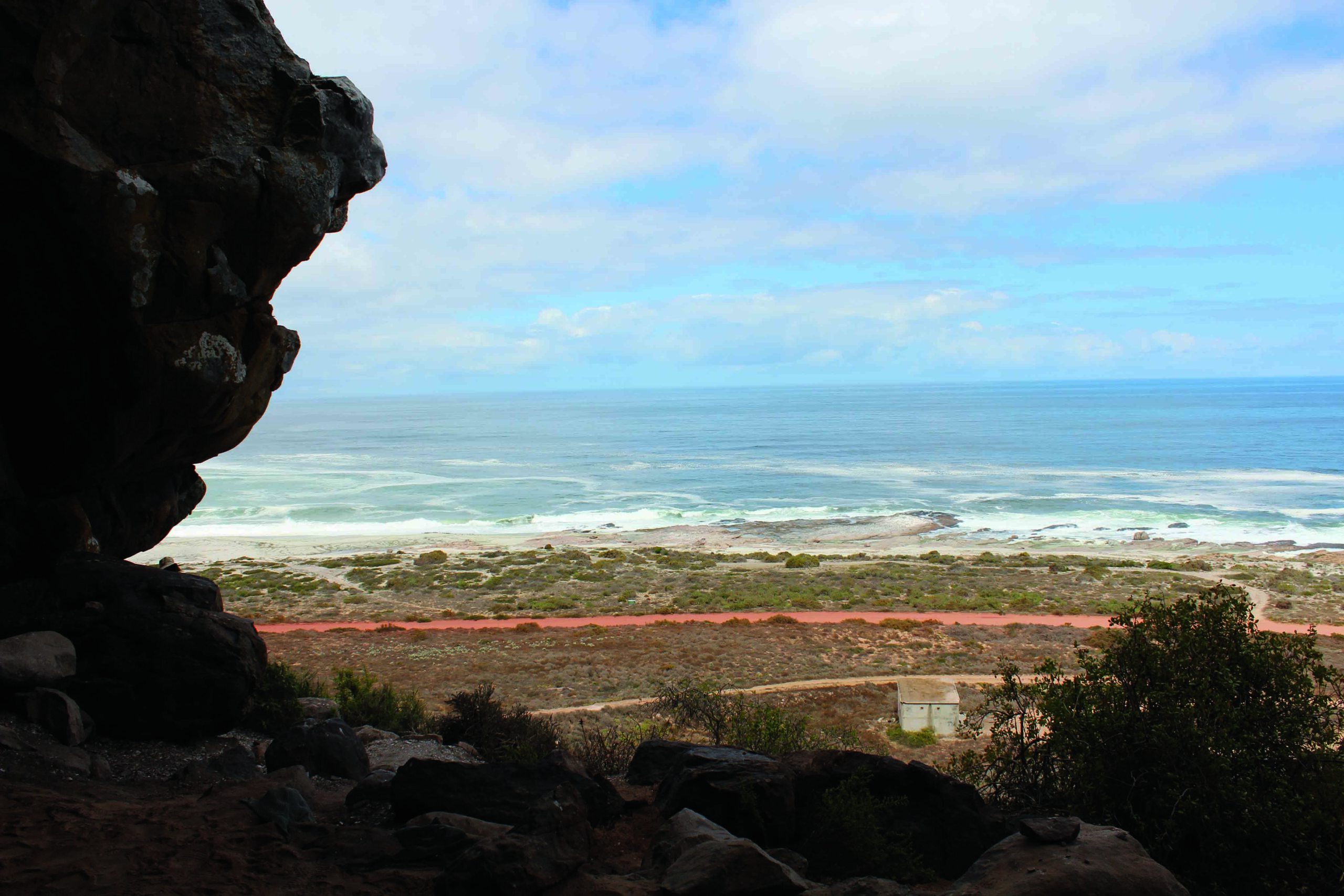
TOKYO, JAPAN—According to a Science News report, Yousuke Kaifu of the University of Tokyo and his colleagues analyzed data collected by 138 satellite-tracked buoys released into the ocean near Taiwan and the Philippine island of Luzon as part of the Global Drifter Program. They found that only four of the buoys came within 12 miles of Japan’s Ryukyu Islands, where archaeological evidence suggests Paleolithic travelers from Taiwan and the Japanese island of Kyushu landed between 35,000 and 30,000 years ago. It had been previously thought that prehistoric migrants might have reached the islands by riding the powerful Kuroshio ocean current. The study suggests, however, that during good weather, the current would have carried drifters away from the Ryukyu Islands. Kaifu says the migrants are more likely to have traveled there intentionally. Read the original scholarly article about this research in Scientific Reports. To read about Paleolithic fishhooks found in Japan, go to "Japan's Early Anglers."











